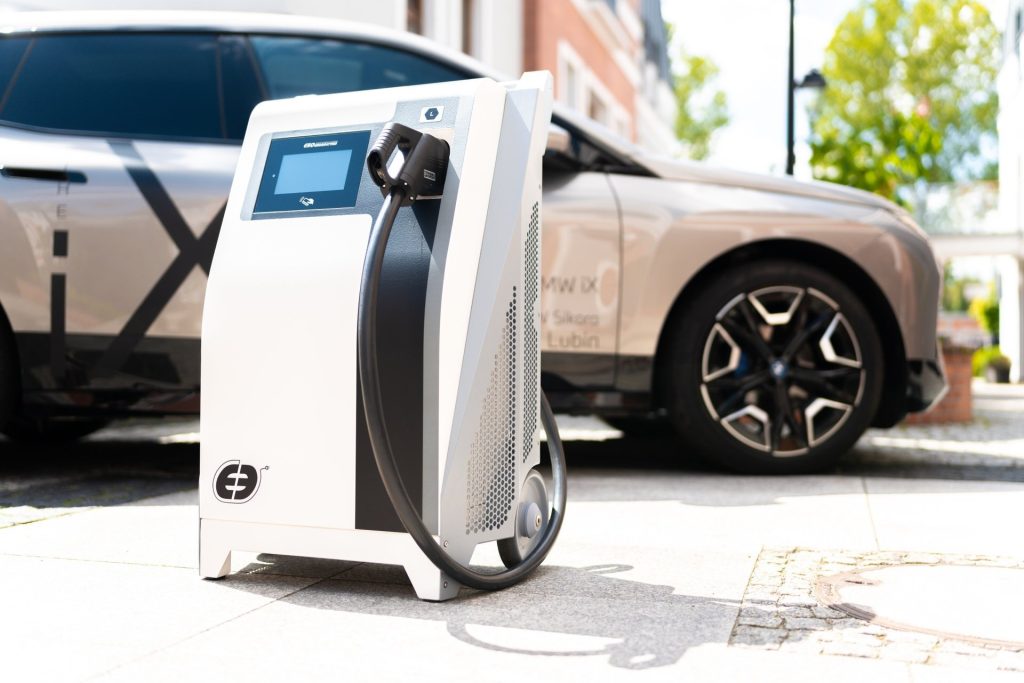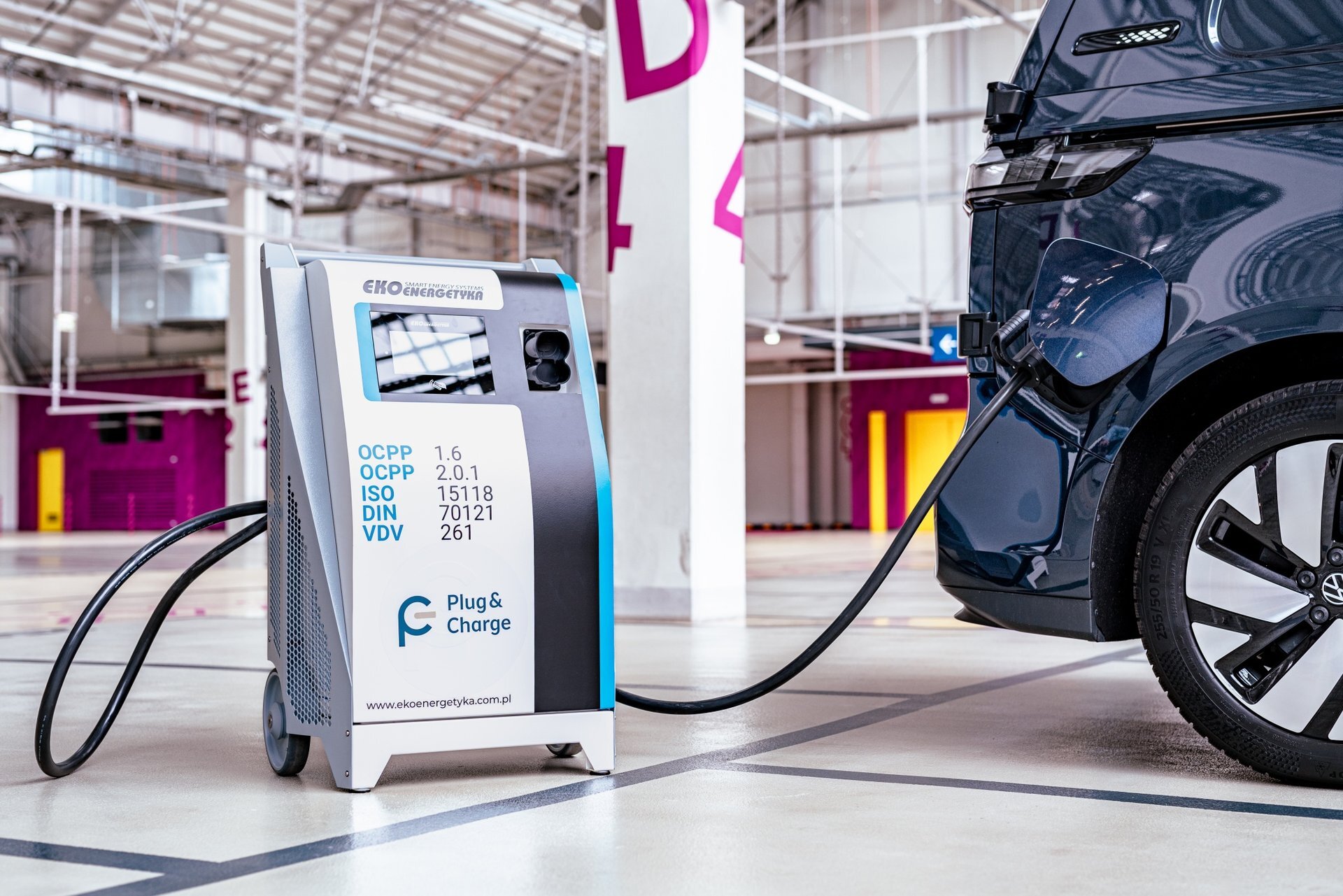Imagine pulling into a charging station, plugging in your electric vehicle, and within minutes, you're back on the road with a rejuvenated battery. This seamless experience, now a reality across Europe, is made possible by an often-overlooked technology: Electric Vehicle Supply Equipment (EVSE).
As the electric vehicle revolution surges forward, with countries like Germany, France, and Norway leading the charge, EVSE stands as the crucial bridge between our power grids and the growing fleet of EVs. But what exactly is EVSE, and why is it so vital to the future of sustainable transportation?
In this article, we'll demystify EVSE, exploring its role in charging electric vehicles, its various forms, and why understanding this technology is essential for current and prospective EV owners alike. Whether you're considering your first electric vehicle or looking to optimize your charging strategy, join us as we uncover the power behind the plug.
What Are the Components of EVSE
An EVSE system consists of several key components working together to facilitate the charging process:
- Housing or Enclosure: This is the protective casing that contains the EVSE's internal components. It can range from simple wall-mounted boxes for home use to more sophisticated standalone units for public charging stations.
- Power Input: This subsystem connects the EVSE to the electrical grid and can handle various voltage and current levels depending on the charging level.
- Control Electronics: Often considered the "brains" of the EVSE, this component manages the charging process by communicating with the connected vehicle to ensure the correct amount of power is delivered.
- Cable and Connector: The cable extends from the housing and ends in a connector that plugs into the electric vehicle. The design of the connector varies based on regional standards and charging levels.
- User Interface: This can range from simple indicator lights to advanced touchscreens that display charging status, power usage, and other operational details.
- Safety Mechanisms: These include circuit breakers, ground fault circuit interrupters, and thermal sensors to prevent overheating and electrical faults.
Types of Electric Vehicle Supply Equipment
EVSE comes in different types, each designed to meet specific charging needs:
- AC Level 1 Charging: This is the slowest form of charging, typically using a standard 230V household outlet in Europe. It's suitable for overnight charging at home when faster charging isn't required.
- AC Level 2 Charging: Operating at higher voltages (typically 400V three-phase in Europe), Level 2 chargers provide faster charging rates. They're commonly found in residential settings, workplaces, and public charging points.
- DC Fast Charging: This is the quickest charging option, providing high-voltage direct current (DC) power to the vehicle's batteries. DC fast charging is mainly used for commercial charging stations and is ideal for rapid recharging during long trips.
How EVSE Works

The process of transferring energy from the grid to an EV through EVSE involves several steps:
- Connection: When you plug the charging cable into your EV, the EVSE's control module performs several checks to ensure a proper and safe connection.
- Communication: The EVSE communicates with the vehicle to determine its charging capabilities and current battery status.
- Power Delivery: Once everything checks out, the main relay within the EVSE is activated, allowing electricity to flow from the power source to the vehicle.
- Charging Process: For AC charging (Level 1 and 2), the EVSE supplies alternating current to the vehicle's onboard charger, which then converts it to DC to charge the battery. With DC fast charging, the EVSE itself converts AC to DC before supplying it directly to the vehicle's battery.
- Monitoring: Throughout the charging session, the EVSE continuously monitors the process for safety and efficiency.
- Completion: The charging stops when the battery reaches the desired level or when you unplug the vehicle.
The charging time varies significantly depending on the type of EVSE used:
- Level 1 charging typically adds about 10-20 km of range per hour of charging.
- Level 2 charging can add approximately 30-100 km of range per hour.
- DC fast charging solutions like Axon Easy 400 can add up to hundreds of kilometers of range in just minutes, depending on the vehicle and charger capabilities.
Public vs. Home EVSE
EV owners have two primary options for charging their vehicles: public charging stations and home EVSE installations. Each option has its own set of advantages and considerations.
Public EVSE
Public charging stations are becoming increasingly common in urban areas, along highways, and at destinations like shopping centers and car parks.
Pros:
- Convenience for long trips
- Often provides faster charging (Level 2 or DC Fast Charging)
- No upfront installation costs for users
Cons:
- Can be more expensive per kWh than home charging
- Potential queues or unavailability during peak times
- Varying payment systems and access methods
Home EVSE
Home charging stations allow EV owners to charge their vehicles conveniently at their residences.
Pros:
- Convenience of charging overnight
- Generally lower electricity costs
- Control over the equipment and maintenance
Cons:
- Upfront installation costs
- May require electrical upgrades in older homes
- Typically limited to Level 1 or Level 2 charging speeds
Key Considerations for EVSE Installation
Whether you're a business owner considering installing public charging stations or a homeowner looking to set up a home charging solution, there are several important factors to consider:
Electrical Capacity
Before installing EVSE, it's crucial to assess the available electrical capacity. For home installations, this might mean checking if your electrical panel can handle the additional load of an EV charger. Businesses need to consider not just current demand but also future scalability as EV adoption increases.
Location and Accessibility
For public stations, choosing a location that's easily accessible and visible is key. For home installations, you'll need to decide whether you want a wall-mounted unit in your garage or a pedestal-mounted unit for electric vehicle charging.
Safety Standards and Certifications
All EVSE installations must comply with local electrical codes and safety standards. In Europe, look for equipment that meets IEC (International Electrotechnical Commission) standards, particularly IEC 61851 for EV charging systems.
Key certifications to look for include:
- CE marking, which indicates conformity with EU standards
- OCPP (Open Charge Point Protocol) compliance for public charging stations
Conclusion
Electric Vehicle Supply Equipment (EVSE) is a crucial component in the EV ecosystem, facilitating the essential connection between the power grid and electric vehicles. As EV adoption accelerates across Europe, understanding EVSE becomes increasingly important for consumers, businesses, and policymakers alike.
Whether charging at home or using public infrastructure, EVSE plays a vital role in making electric vehicle ownership convenient and practical. For prospective EV owners, considering charging options should be an integral part of the decision-making process. For businesses and local authorities, investing in public EVSE can attract customers and contribute to a more sustainable transportation future.
As we move towards a greener future, EVSE will continue to evolve, helping to overcome barriers to EV adoption and supporting the transition to cleaner, more sustainable mobility across Europe.
Ready to electrify your journey? At Ekoenergetyka, we're at the forefront of EVSE technology. Whether you're a homeowner looking for a reliable charging solution or a business owner wanting to install public charging stations, our team of experts can guide you through the process. Contact us today to explore our range of cutting-edge EVSE solutions and take the next step toward sustainable transportation.
